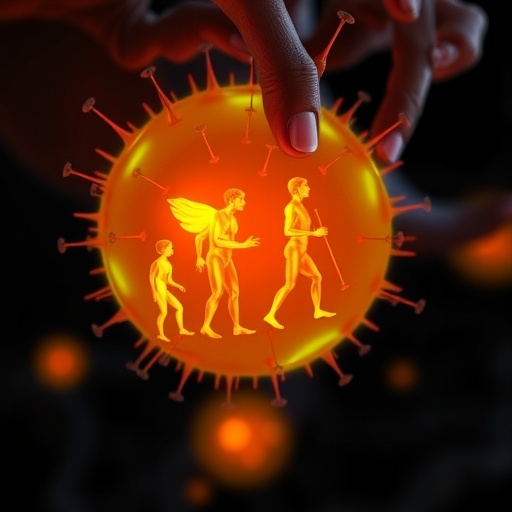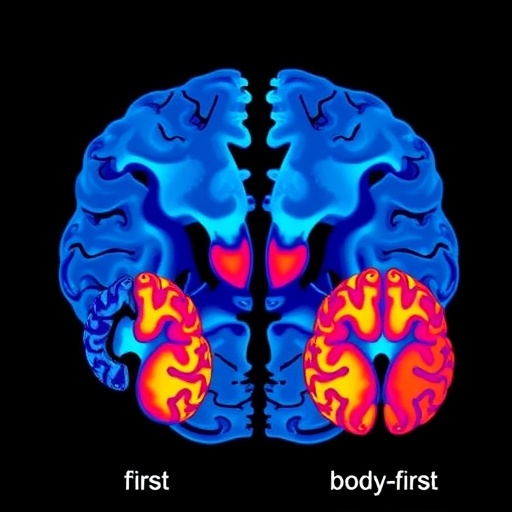The connection between abuse and addiction, intimate partner violence and mental illness
Adults who had parents who struggled with addiction, intimate partner violence and mental illness are more than 30 times more likely to have been victims of childhood physical abuse than those whose parents did not have these problems, once age and race were taken into account.
The study by researchers at the University of Toronto’s Factor-Inwentash Faculty of Social Work and Institute of Life Course & Aging was published online this week in the Journal of Interpersonal Violence. Findings indicated that between 66% and 78% of adults who grew up in homes where all three risk factors were present reported that, before the age of 18, their parent or an adult in their home had ever “hit, beat, kick, or physically hurt (them) in any way.” Respondents were told not to include spanking.
“With each additional risk factor experienced, the prevalence of childhood physical abuse increased dramatically. Intimate partner violence was a strong predictor of childhood abuse, even in the absence of the other two risk factors; more than one-third of respondents who had been exposed solely to parental intimate partner violence reported that they had been physically abused” reported co-author Senyo Agbeyaka, recent MSW graduate and a social worker in health care. “Between 23% and 31% of those exposed to both parental addictions and parental mental illness, but not parental domestic violence, reported they had been physically abused as a child.”
“We were so astonished by the magnitude of the association between the combination of these three risk factors and childhood physical abuse in the 2010 survey that we replicated the analysis with a different sample from a 2012 survey,” says co-author Jami-Leigh Sawyer, a University of Toronto doctoral candidate in social work. “The findings in both data sets and for each gender were remarkably consistent and very worrisome.”
The study was based on two representative community samples, one study conducted in 2010 with 22,862 adults and the second, in 2012, with a different sample of 29,801 adults. The data were drawn from the Brief Risk Factor Surveillance Survey (BRFSS) and separate analyses were conducted for each sex. A major limitation of the study is use of retrospective self-report of these early adversities and a lack of information on the exact timing when they occurred. The findings only indicate correlation and cannot be interpreted as causative.
The study’s findings have important clinical implications for pediatricians, family doctors, social workers and other healthcare providers working with children and their families, says lead author Esme Fuller-Thomson, Sandra Rotman Chair at the University of Toronto’s Factor-Inwentash Faculty of Social Work and Director of the Institute of Life Course and Aging. “It appears that children from homes with parental intimate partner violence alone, or at least two of the other risk factors are particularly vulnerable to abuse. Such knowledge will hopefully improve the targeting of screening for childhood physical abuse.”
###
Article details: Fuller-Thomson, E, Sawyer, J-L, & Agbeyaka, S. (2019). The Toxic Triad: Childhood Exposure to Parental Domestic Violence, Parental Addictions, and Parental Mental Illness as Factors Associated with Childhood Physical Abuse. Journal of Interpersonal Violence
A copy of the paper is available to credentialed journalists upon request. Please contact [email protected] or call 416 209-3231.
Media Contact
Esme Fuller-Thomson
[email protected]
http://dx.




